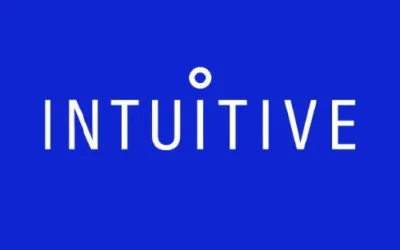Texas Instruments: An Overview
Texas Instruments (TXN), a leader in analog and embedded processing semiconductor technology, has long been a bellwether in the semiconductor industry. The company’s ability to forecast its financial performance amidst changing market conditions provides a useful lens through which to gauge the health of this crucial sector of the economy. Recently, Texas Instruments made headlines with a mixed bag of news regarding its earnings and forecasts for the third quarter of 2023.
Recent Earnings Performance
Texas Instruments recently reported its earnings for the second quarter of 2023, and while the company delivered results that met analyst expectations, investors were concerned about the company’s guidance for the third quarter. The company’s revenue forecast for the upcoming quarter surpassed some estimates, hinting at resilience in its business model despite prevailing economic challenges.
The mixed reception of Texas Instruments’ earnings report highlights the volatile nature of the tech sector, especially in the context of semiconductor manufacturing. While strong demand in various sectors such as automotive and industrial continues to bolster revenue streams, uncertainties tied to supply chain disruptions and geopolitical tensions remain significant threats to future growth.
The Impact of China on Texas Instruments
China plays a critical role in the global semiconductor landscape, contributing significantly to demand for chips used in a wide range of consumer and industrial products. As Texas Instruments looks to expand its market presence, how the company navigates its relationship with China could either bolster its stock or present additional challenges.
Market Dynamics and Demand
As China’s economy continues to rebound from the impacts of pandemic restrictions, the demand for semiconductors has surged. This uptick provides a unique opportunity for Texas Instruments to position itself advantageously within this market. Moreover, with China increasingly prioritizing self-sufficiency in semiconductor manufacturing, the stakes are high for American firms like Texas Instruments that wish to maintain a foothold in the region.
Regulatory and Geopolitical Tensions
However, Texas Instruments faces hurdles due to rising geopolitical tensions between the U.S. and China. Increased scrutiny of American technology firms operating in China and the competitive landscape for semiconductor manufacturing could lead to changing regulations and tariffs that complicate operations for Texas Instruments. Ultimately, this could lead to a drop in sales and market share if not navigated carefully.
Stock Performance and Investor Sentiment
After the recent earnings call, Texas Instruments stock experienced fluctuations, as investors reacted to the cautious guidance provided for the third quarter. While the company emphasized growth in certain segments, the overall sentiment among investors appeared cautious, resulting in a short-term decline in share prices.
Investor sentiment towards Texas Instruments is closely linked to broader market trends affecting technology stocks. As the semiconductor sector faces its own set of challenges, from supply chain disruptions to shifting consumer demand, individual company performance is often evaluated against these macroeconomic trends. The fears of a recession in the tech sector are causing many investors to adopt a more conservative approach.
Future Outlook
In light of these dynamics, what can investors anticipate for the future of Texas Instruments? The company’s commitment to research and development remains a key strategic advantage. As it continues to innovate and improve its product offerings, gaining market share in emerging technologies, including automotive electronics and Internet of Things (IoT) devices, will be crucial.
Long-Term Strategies
Texas Instruments has articulated a long-term growth strategy that focuses on diversifying its product range and expanding into high-growth sectors. The company’s strong financial position, characterized by stable cash flows and a robust balance sheet, gives it the flexibility to pursue this strategy even amid economic uncertainties.
Furthermore, the shift towards renewable energy and sustainability initiatives presents opportunities for Texas Instruments to supply the semiconductor needs for greener technologies. As industries transition to cleaner energy solutions, the demand for efficient and advanced semiconductor products will likely increase.
Conclusion: A Time for Cautious Optimism
Ultimately, Texas Instruments faces a complex array of opportunities and risks. While its ability to give guidance that exceeds estimates suggests confidence in its operational efficiency and market position, it is the interwoven factors of supply chain issues, geopolitical risks, and demand volatility that will shape the future of TXN.
For investors considering Texas Instruments, it is crucial to balance optimism against the backdrop of potential challenges. The firm’s ability to navigate these waters while capitalizing on growth opportunities, particularly in China, will be instrumental in determining its long-term success. As the semiconductor industry continues to evolve, Texas Instruments stands at a crossroads, blending innovation with strategic adaptation to meet the demands of a rapidly changing market.







